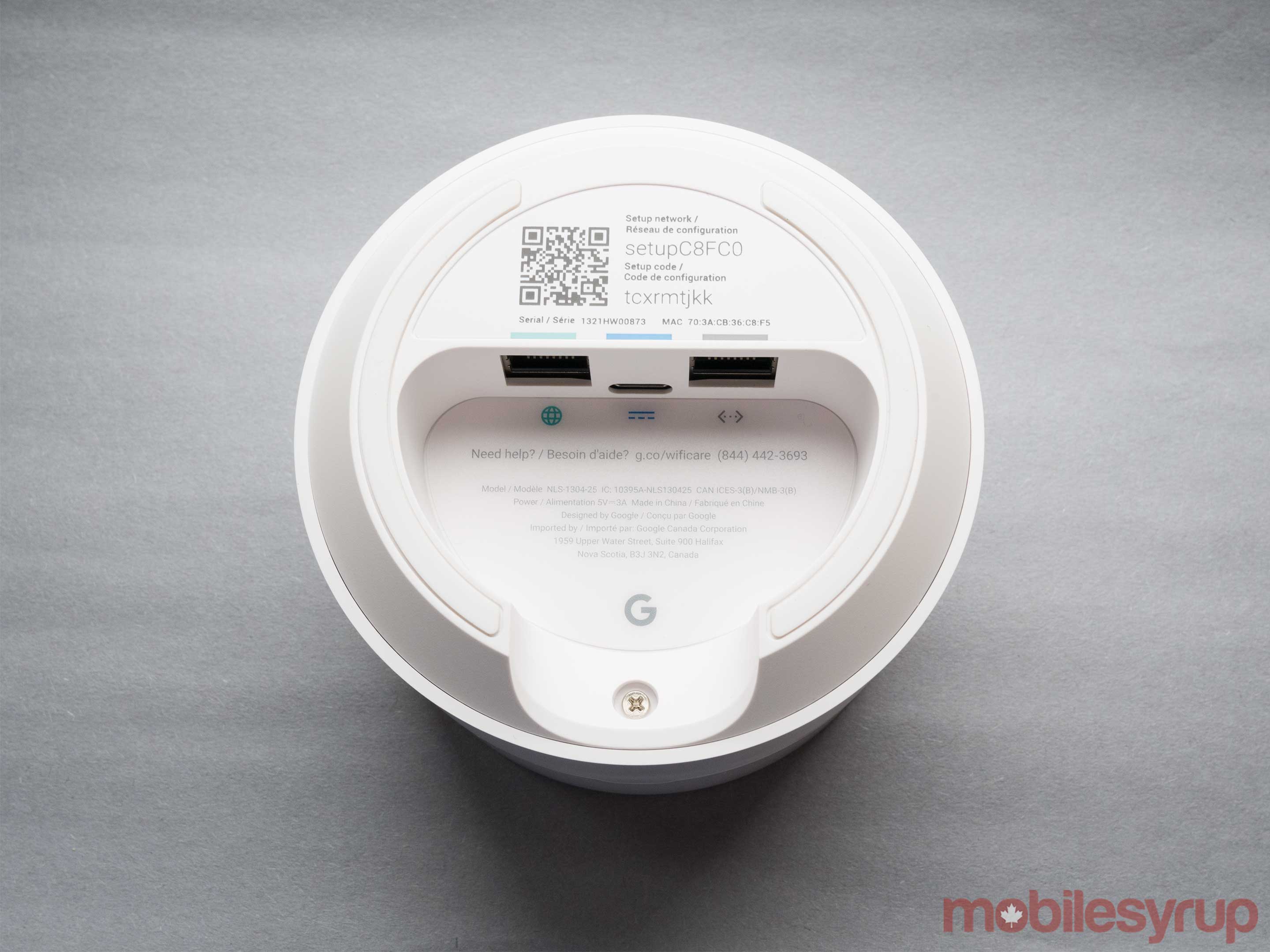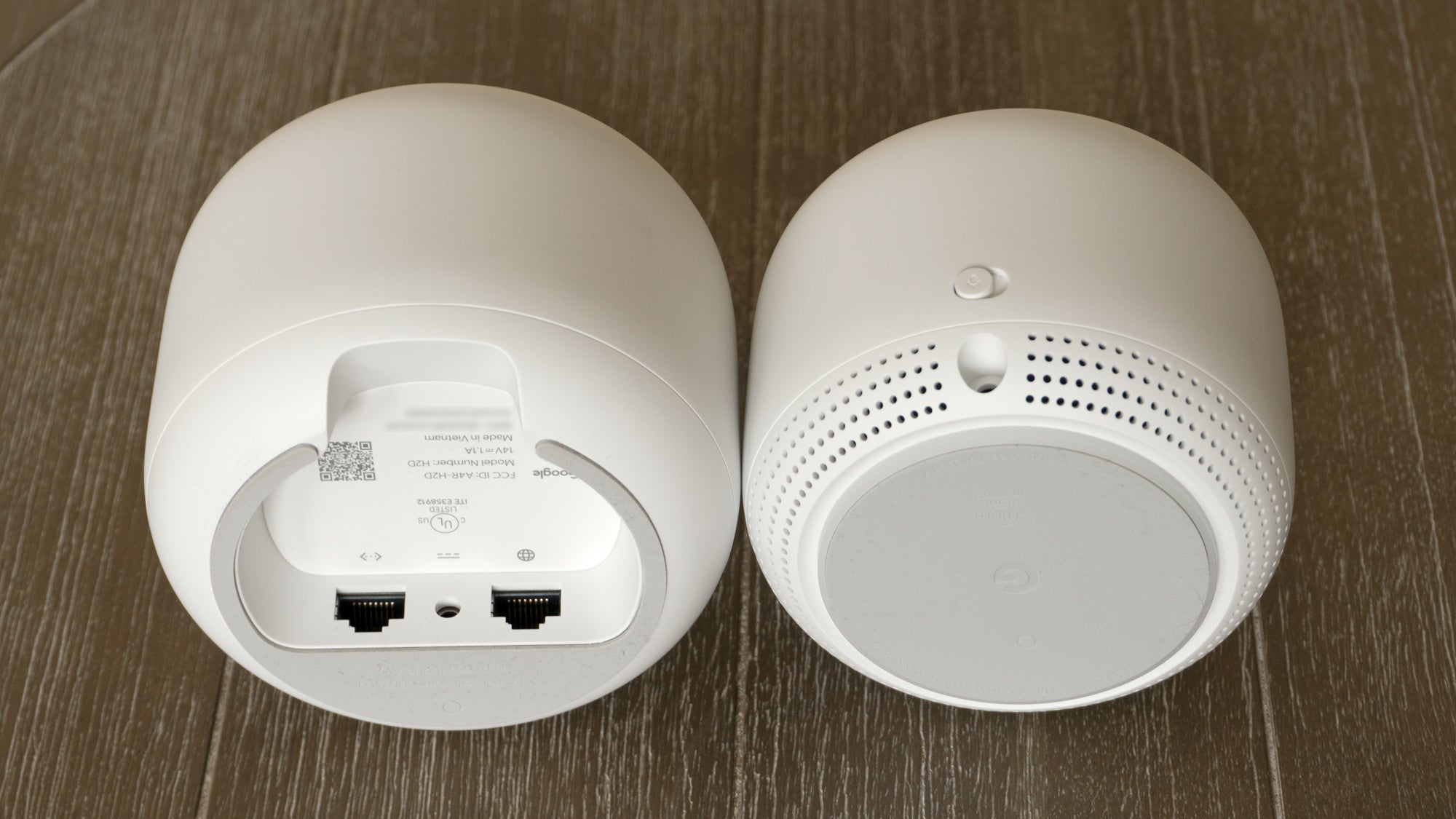

That’s right, the Google WiFi isn’t much larger than a face cream recipient (and you could easily mistake it for one), measuring no more than 4.17 x 2.70 inches and weighing about 12 ounces. A single Google WiFi router (also called Point) features a small white cylindrical case, covered by a white matte finish and with a narrow canal halving the body horizontally in two pieces to make way for the LED indicator.Įvery Google WiFi point is well built and feels sturdy, but, surprisingly there aren’t many elements to reveal that we’re dealing with a networking device. While the Linksys Velop and the Netgear Orbi featured some relatively large, but simple units with a minimalistic approach, the Google WiFi took the same route as Eero and Luma and created smaller devices which can be easily placed anywhere in the house. The Google WiFi comes as a single unit or as a three-units kit, all three devices being identical (this is something common with all the other wireless mesh systems). It’s also worth mentioning that the manufacturer has released the Google Nest WiFi which tries to replace the older Google WiFi.ĪLSO CHECK OUT: LINKSYS VELOP VS GOOGLE WIFI Update: Considering that about three years have passed since its release, I decided to revisit the Google WiFi system and see if its popularity is still justified in 2020 and if there aren’t any other better alternatives available on the market. Similarly to Microsoft and Facebook, Google has become too big and has a history of pushing the boundaries of user privacy, so it does not comes as a surprise that people were a bit skeptical when dealing with any products that come from these big companies. At the same time, Google also faces a big disadvantage that some other manufacturers do not: simply put, people fear that Google may have no restraint on collecting and using their personal data.

The big advantages that Google had (and still has) was that it’s a high-level company that could easily outperform its competitors in terms of marketing, but also by using aggressive price tags.

At the same time, Linksys and Netgear ‘intervened’ with their own wireless systems (at the prospect of losing influence) and gave us the Velop and the Orbi, both tri-band WiFi systems that managed to deliver a spectacular wireless performance (there’s also the tri-band Eero second generation). Things have definitely changed for the better after Google entered the wireless mesh system market with its Google WiFi, a device which directly challenged the other mesh systems from Ubiquiti, Luma or Eero in both design and functionality.


 0 kommentar(er)
0 kommentar(er)
